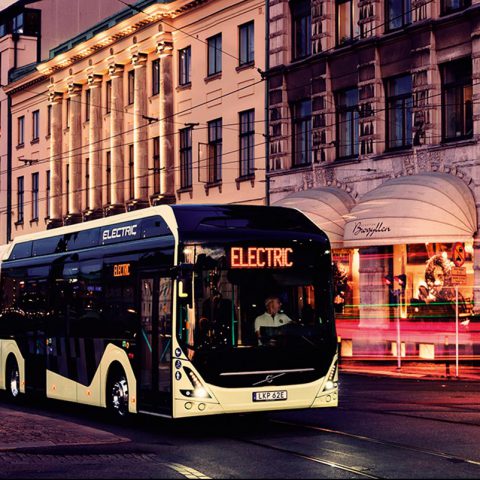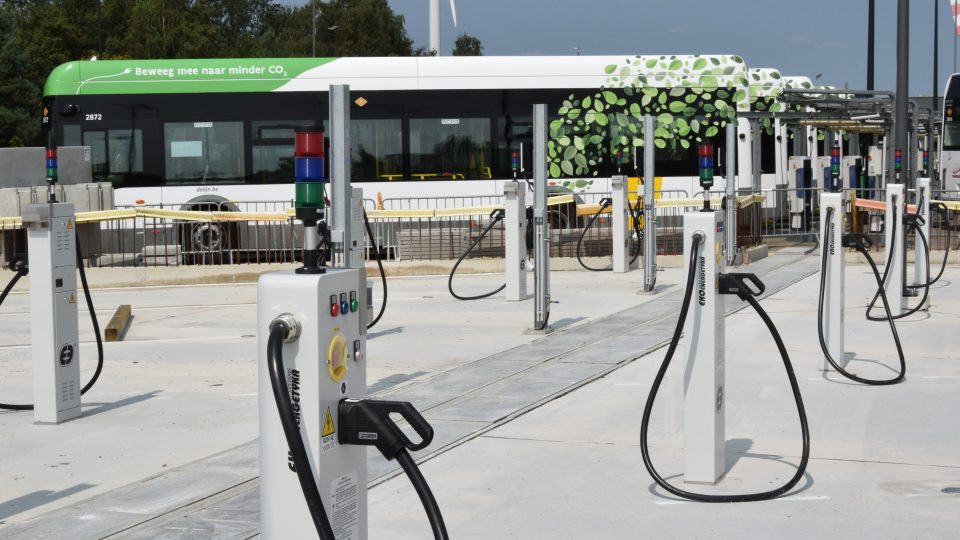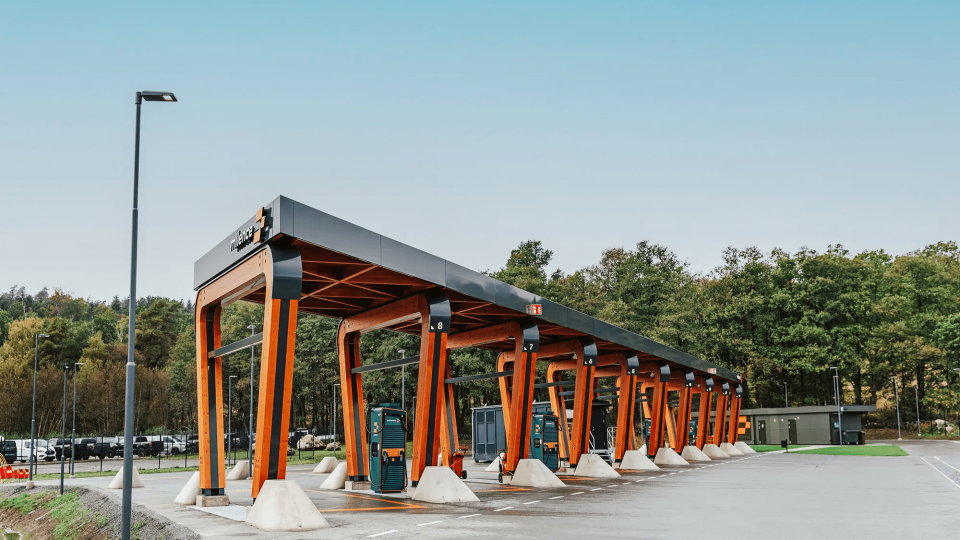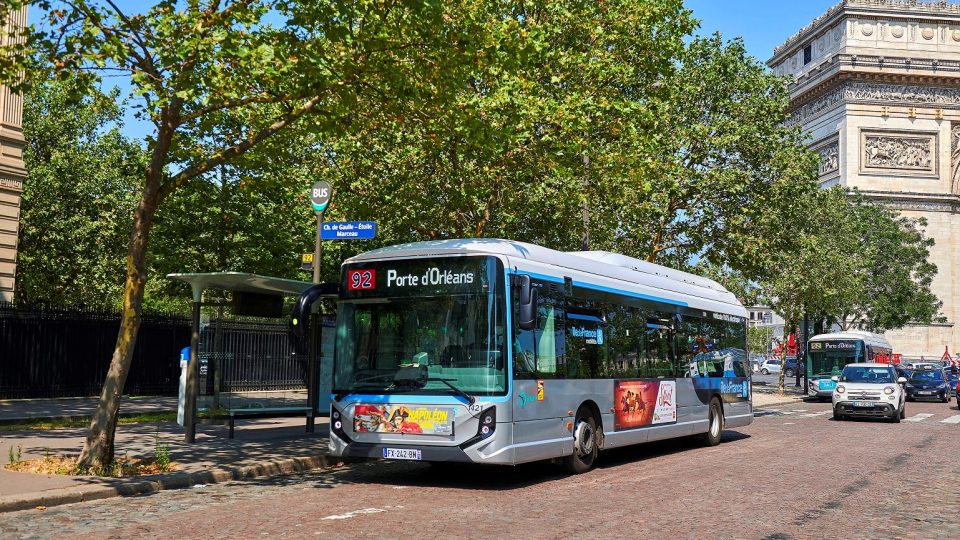Volvo: useable energy commitment offered as a business solution for e-buses
Volvo Buses is the first manufacturer to offer its useable energy commitment as a business solution for electric buses. This means that Volvo Buses guarantees capacity for an agreed amount of energy for the operation – throughout the contract period. In the early days of electric buses, range and battery capacity were the all-important issues. […]

Volvo Buses is the first manufacturer to offer its useable energy commitment as a business solution for electric buses. This means that Volvo Buses guarantees capacity for an agreed amount of energy for the operation – throughout the contract period.
In the early days of electric buses, range and battery capacity were the all-important issues. Today Volvo focuses on useable energy, which means that the energy needed for the operation is defined, along with the operational conditions.
Analysis, planning, optimizing storage
Volvo Buses’ useable energy commitment requires an analysis of the traffic operation, undertaken jointly by Volvo and the operator. Climate, average speed, passenger load and charging strategy are parameters that determine the amount of energy that needs to be stored on board the bus. Optimising energy storage is part of Volvo Buses’ ambition to build circular, sustainable systems for electrified public transport.

“Reliable operation has very little to do with maximising battery capacity, which is expensive and resource-intensive,” says Maria Wedenby, City Mobility Director at Volvo Buses. “Uptime is paramount in public transport, and standstills are costly, so from both business and sustainability points of view it’s better to optimise the capacity of the energy storage system, ESS. We have increased our useable energy capacity, helping cities to electrify more and longer routes in their transportation systems.”
“For several years now we have been conducting full Life Cycle Assessments for our buses. They cover environmental impact, usage of materials and resources all the way from raw materials to re-use and recycling. Our useable energy commitment is a vital ingredient. In fact, our customers’ daily operations become part of a long-term sustainability work, when we together define and optimise the storage of energy needed for the operations. At Volvo Buses, we make sure this will continue to work – throughout the operational contract period. That’s the essence of our useable energy commitment,” concludes Maria Wedenby.








